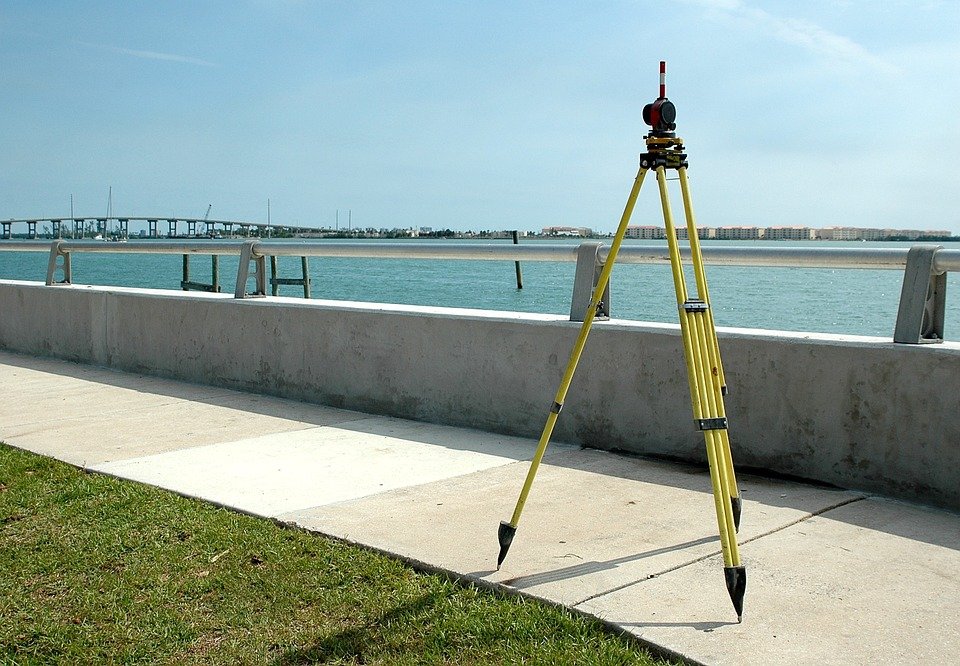[ad_1]
Understanding the Basics of Land Legal Descriptions
When it comes to understanding land legal descriptions, it can often be confusing and overwhelming. Knowing some of the basics can help to demystify the process and make it easier to understand. Legal descriptions are important for determining the boundaries of a property and help to ensure that all parties involved in the transaction are aware of the exact boundaries of the property.
What is a Legal Description?
A legal description is a written description of property boundaries that is recognized by the law. This description is typically used for land transactions, such as buying or selling property, and is also used to determine the exact boundaries of a property in case of legal disputes. Legal descriptions are usually based on the Public Land Survey System (PLSS) or other local surveying methods.
What is the Public Land Survey System?
The Public Land Survey System is a system of surveying and mapping land parcels in the United States. The system is divided into six-mile-square grids called townships. Each township is further divided into 36 one-mile-square sections, with each section consisting of 640 acres. The sections are further divided into quarter sections and then into quarter-quarter sections. This system allows for precise legal descriptions of land parcels.
Types of Legal Descriptions
There are two main types of legal descriptions: metes and bounds and plat.
Metes and Bounds
Metes and bounds is the oldest form of legal description and involves describing property using physical landmarks, such as rivers, creeks, mountains, and roads. The description will start at a point of beginning and will then describe the boundaries and angles of the property using directional markers and distances.
Plat
A plat is a map of a property that shows the exact boundaries of the land. Plats are created by professional surveyors and are typically used in more urban areas. Plats are divided into lots and will include a scale, a north arrow, and a legend.
Using Legal Descriptions
Understanding legal descriptions is important for anyone involved in buying or selling land. A good legal description should be precise and clear, and should be able to be used to accurately determine the exact boundaries of a property. Knowing the basics of legal descriptions can help to ensure that any land transaction goes smoothly and that all parties involved have a clear understanding of the boundaries of the property in question.
[ad_2]


